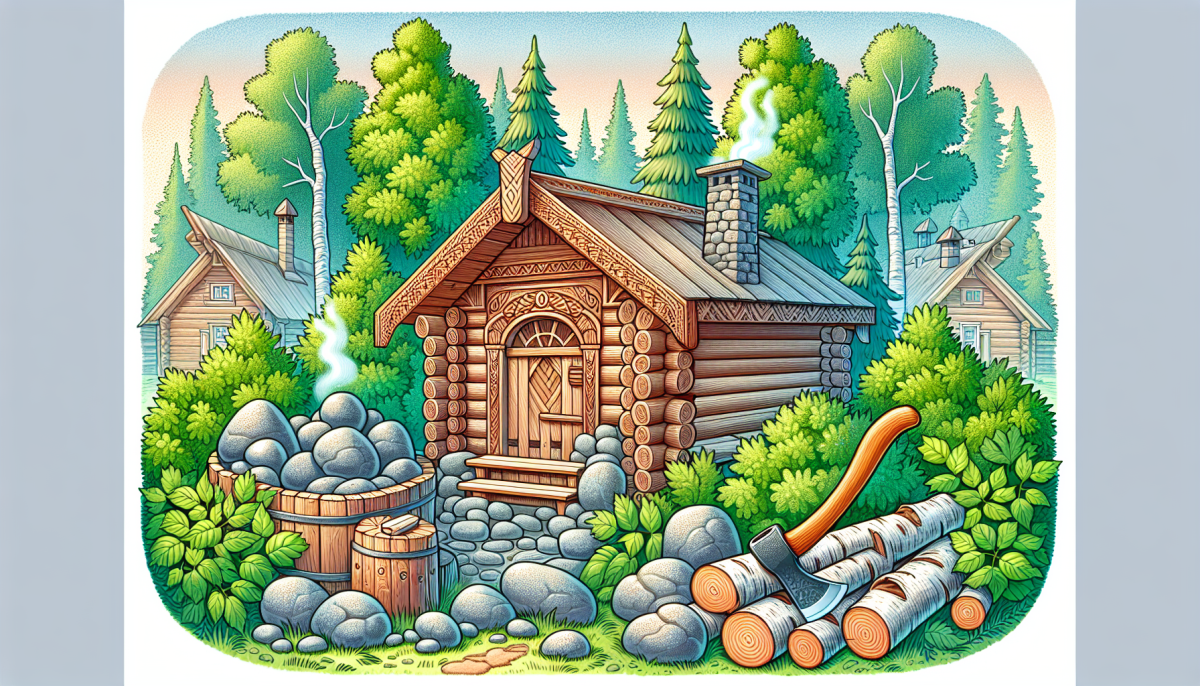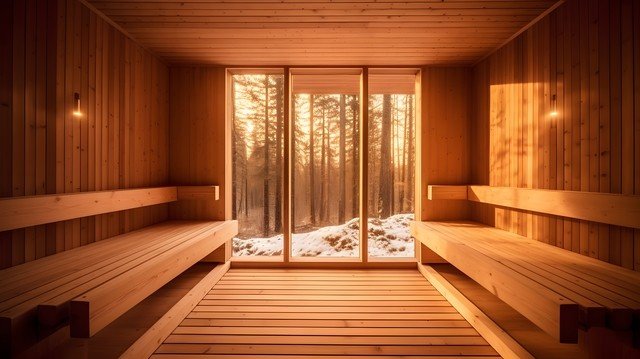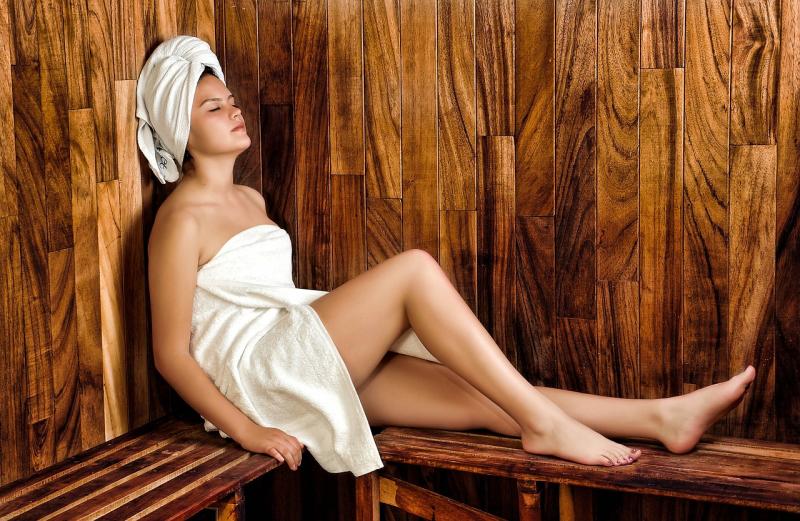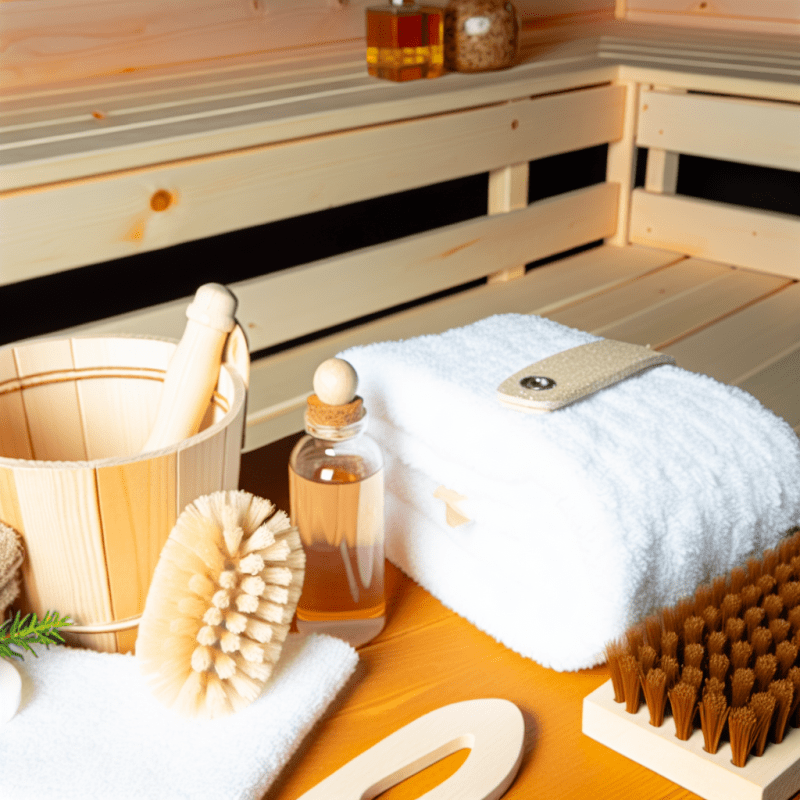Sauna culture has deep roots that date back thousands of years. Early sauna-like structures were found in the region that is now Finland. These simple, often underground, dwellings were built from wood and used stones heated by fire. The concept was pretty straightforward: heat the stones, throw some water on them to create steam, and enjoy the warmth. It was a cozy retreat during long, cold winters.
Beyond Finland, various cultures embraced similar steaming practices. For example, the ancient Romans loved their public baths, which were a mix of sauna and steam room, known as the thermae. These places weren't just for bathing; they were social hubs where people gathered to relax, chat, and catch up with friends.
The significance of sauna rituals often ran deeper than just comfort. For many tribes, spending time in these heated rooms had spiritual and medicinal purposes. It was believed that the heat could cleanse both the body and soul. The practice didn’t just spread; it evolved, adapting to the unique customs and climates of different communities.
As sauna culture spread across Europe and Asia, each region put its spin on the experience. In Russia, the banya not only focused on heat but also included various health practices like honey scrubs and herbal infusions. Meanwhile, in other parts of the world, the sauna became a symbol of wellness, relaxation, and community, making it an enduring part of lifestyle traditions.
The Evolution of Sauna Designs
Saunas have come a long way from their humble beginnings. Historically, the Finnish sauna is often considered the original design, dating back several centuries. These early saunas were simple structures, usually made from logs or stones, situated close to a water source. People would heat up the stones with a fire and then pour water over them to create steam. This basic concept is still at the heart of modern saunas, but the designs have dramatically changed.
As time marched on, various cultures started to adopt and adapt sauna practices. For instance, in the Middle East, steam baths known as hammams became popular. These were more elaborate than their Finnish counterparts, with intricate tile work and heated marble surfaces. The idea of relaxation and rejuvenation spread, inspiring further innovations in sauna design across different regions.
Fast forward to today, and saunas come in all sorts of styles and materials. There's the traditional wooden sauna that gives off that classic charm, and then there are modern infrared saunas which use advanced heating technology for a different experience. You’ll also find portable versions for those who want the sauna experience at home without the commitment of a full installation. Each type offers unique benefits, catering to various needs and preferences.
Now, saunas aren’t just about relaxation. They’ve evolved into wellness hubs, integrating features like chromotherapy, aromatherapy, and even sound systems. It’s fascinating to see how the sauna has transformed from a simple steam bath to a comprehensive wellness experience, making it accessible and appealing to a wider audience than ever before.
Health Benefits Through the Ages
Saunas have been around for centuries, offering a variety of health perks that have stood the test of time. From ancient Indigenous cultures to modern wellness retreats, people have turned to this calming environment for relaxation and rejuvenation.
In the early days, saunas were simple structures, typically made of wood. The heat was generated from hot stones, and the practice was as much a social event as a health ritual. People noticed that after spending time in a sauna, they often felt better physically and mentally. Sweating it out this way helped detoxify the body, clear the skin, and even boost mood. It wasn't just about getting warm; it was about feeling good.
Fast forward to the Nordic countries, where the sauna became a vital part of their culture. Here, the health benefits really took off. Studies showed that regular sauna use could improve cardiovascular health, enhance circulation, and even support respiratory function. It’s no wonder that sauna sessions became a go-to for maintaining wellness in those chilly climates!
In today's world, saunas are embraced globally for their fantastic health benefits. Whether it's infrared or traditional steam saunas, they continue to aid in muscle recovery, ease joint pain, and promote relaxation. Plus, many people enjoy the added social aspect of sharing this relaxing space with friends or family.
So, while the styles and technologies have evolved, the core benefits of using a sauna remain unchanged—relaxation and rejuvenation—making it a timeless ritual that countless generations have cherished.
Saunas in Modern Wellness Trends
In today's fast-paced world, saunas are experiencing a resurgence as part of modern wellness trends. People are realizing that taking time to relax and unwind isn't just a luxury—it's essential for maintaining a healthy lifestyle. Saunas provide a space for self-care, allowing users to escape the daily grind and focus on their well-being.
The benefits of saunas extend beyond relaxation. Many are turning to them for their potential health perks, such as improved circulation, detoxification, and even stress relief. Regular sauna use can promote a sense of calm, and let's be honest, who doesn’t need a bit more of that? With options like traditional Finnish saunas or infrared saunas, there’s something for everyone to enjoy.
What’s more, saunas are becoming a social hub. Friends and family are joining forces for sauna sessions, turning these spaces into great bonding experiences. Whether you’re chatting with a buddy or enjoying some quiet time alone, saunas can cater to your needs. They seamlessly blend relaxation with social time, making them a unique addition to anyone's wellness routine.
If you’ve never tried one, they’re definitely worth exploring! Whether you’re visiting a spa or investing in a home sauna, you’ll find that spending some time in the heat can be incredibly rejuvenating. It's an age-old practice that fits perfectly within our modern quest for balance and wellness.



